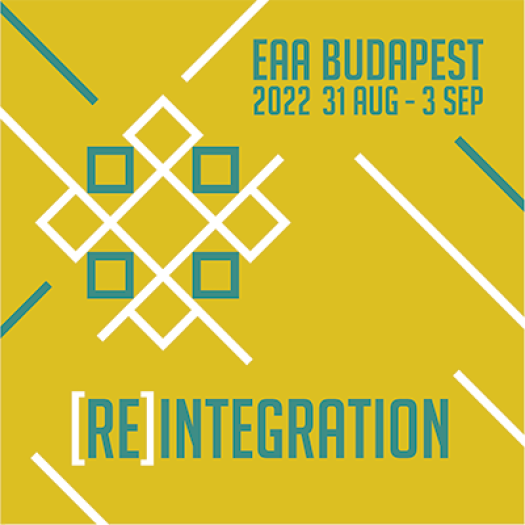EAA Budapest 2022 - Call for papers about European Middle Palaeolithic


Session #283 - (Re)integration of the Carpathian basin into the European Middle Palaeolithic: Cultural contacts, interregional mobilities, variability in subsistence and settlement strategies
In 1976, Miklós Gábori published a great synthesis of the Middle Palaeolithic (MP) industries between the Alps and the Ural. As a main conclusion, he outlined a spreading process of the MP cultures from west to east, based on the actual typological and chronological dataset. He integrated the archaeological record of the Carpathian basin (CB) into this European scale palaeohistory of Neanderthals. Since the publication of his monograph, our understanding about the European Middle Palaeolithic have been changed considerably, due to new discoveries, new datations, new methodologies and new ideas. Cultural complexes have been recognized from the Eemian to the Interpleniglacial (MIS 5e–3, ca. 140–30 ka BP), like the microlithic tool industries, the Mousterian technocomplexes, the Keilmessergruppen, the Blattspitzengruppen and the laminar phenomenon. But little attention was paied to the archaeological materials of the CB.
Our aim is to (re)integrate the CB record into the European discours about MP. We are looking for cultural connections manifesting by similar patterns in technical behaviour, tool production, land use, settlement and subsistence strategies. Being connected to Central and Eastern Europe and the Balkans, the CB provides migration routes for animals and humans on a seasonal level or linked to the changing environment during the climatic oscillations of the last glacial cycle. In the light of the increasing chronological dataset, Gábori’s model of the inhabitation process by Neanderthals should be revised.
For studying these different aspects, general synthesis, analysis on a regional or an interregional scale, and case studies are welcome.
Please submit proposals for papers & posters at https://submissions.e-a-a.org/eaa2022 by February 10.
Session organizers: Zsolt Mester (mester.zsolt@btk.elte.hu) - Agnès Lamotte (agnes.lamotte@univ-lille.fr).